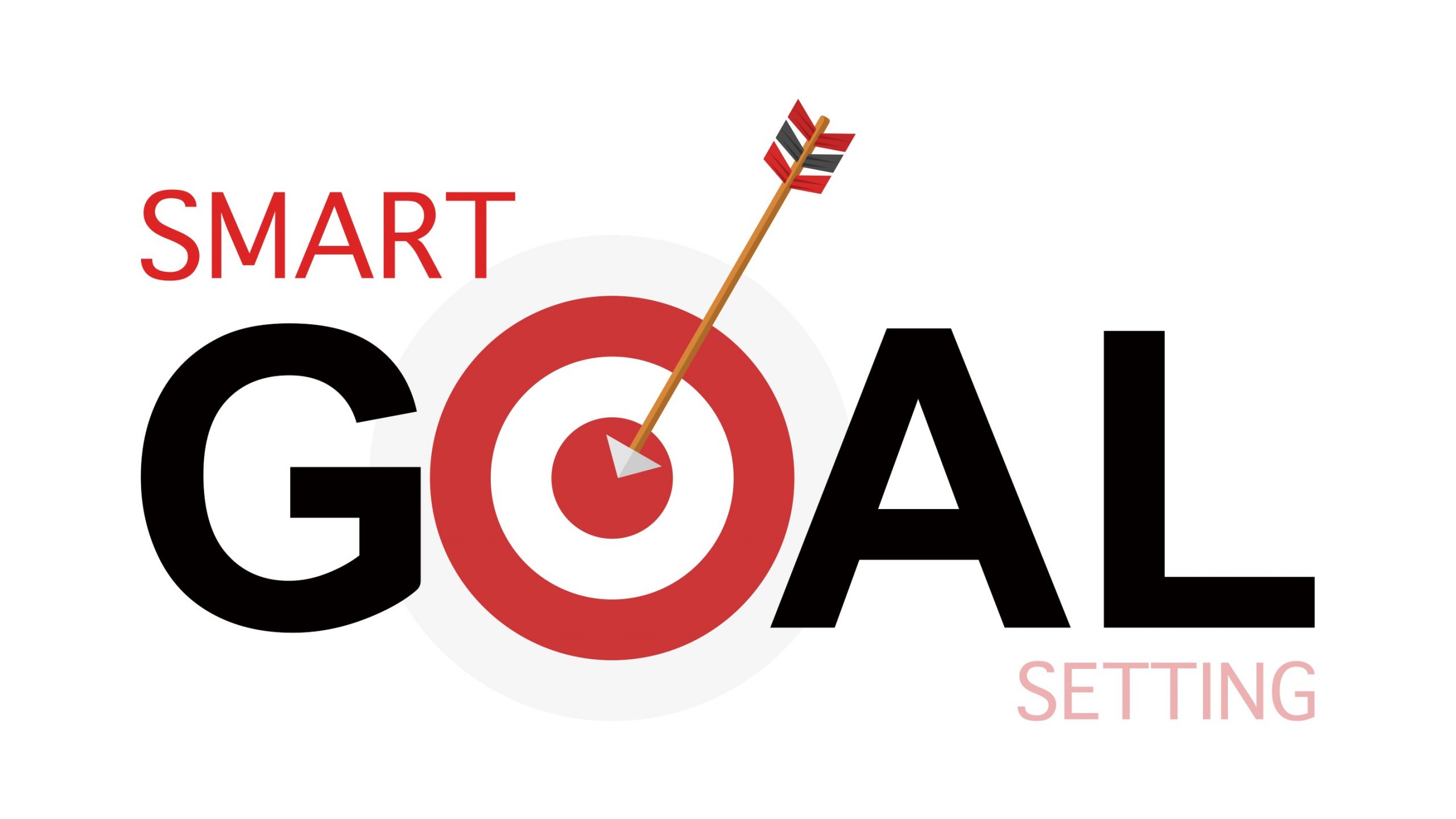We’ve discussed many times on this blog why it’s so important to set goals for your inbound call center: without them, agents can feel unmotivated and adrift, making them less focused and less efficient. But perhaps even more important than the act of setting goals is choosing the correct goals to set and one way to ensure you are setting the correct goals is to use the SMART framework. Here, we’re breaking it down.
Specific
The S in SMART stands for specific, and it’s the first step for a reason. If goals are not specific enough, then they will not fit any of the remaining qualifiers. Not only that, but goals that are not specific enough may also leave agents more adrift than if there were no established goals at all. Vague goals may prompt agents to let things slide when they should be trying harder to reach a resolution. Goals that are too vague can also be frustrating for agents because they aren’t really sure what they are working towards. Instead, goals must be clear, pointed and specific.
Here’s an example of a goal that’s too vague: Customers should be satisfied at the end of a call.
To make that goal more specific, set a benchmark for what satisfaction means: Agents should strive for first call resolution.
Measurable
Once you’ve nailed down your specific goal, you need to stop and think about if it is measurable. If not, then it will be impossible to determine if the goal has been met or if your team is still working toward meeting it. There needs to be a benchmark that, once passed, the goal is considered to have been achieved.
Let’s look at that specific goal we set in the last section: Agents should strive for first call resolution. First call resolution is specific, but there is no way to measure the “striving”. To make that goal measurable, add something that makes it quantifiable: Agents should aim to achieve first call resolution X% of the time.
Achievable
Hand in hand with making the goal measurable is making it achievable. If you set a benchmark for your goal that your team has never met before, it likely is not achievable and having that goal in place is not going to motivate your agents. Indeed, there is a reason experts often recommend setting small goals—it is much more beneficial, both from a mental health and motivation standpoint as well as from a productivity standpoint, to set goals that can be achieved and surpassed than to set lofty goals that are out of reach. To determine what is achievable, this is where you dig into past reports that include information on the specific goal you have chosen and determine what measurable metric is going to be achievable for your team. And remember, you can always change this as your agents meet and surpass it, so there is no harm choosing something you know is going to be easily achieved to start.
Here’s where we take our measurable and specific goal and make it achievable: Agents should aim to achieve first call resolution 50% of the time.
Relevant
In short, don’t set goals around things you don’t really care about. You don’t want your agents expending effort—and potentially suffering frustration—in order to meet goals that aren’t really going to make your call center more successful overall. We’ve used the example of achieving first call resolution because this is a very common goal for inbound call centers and is likely going to be relevant regardless of the primary category of calls your call center is fielding. But say, for example, that your call center primarily fields tech support calls from existing customers. A sales-oriented goal likely does not make sense in this context—you don’t want your agents focused on making sales in lieu of solving your customers’ problems.
Time-Bound
The final letter in SMART stands for time-bound. This is one that is easy to forget, but when it is included it will make your goals and goal-setting that much more effective and powerful. Without it, your measurable and achievable goal is still a bit ethereal and difficult to pin down. Let’s look at the goal we have been developing: Agents should aim to achieve first call resolution 50% of the time.
50% of what time? At any given time? On any given day? If agents are under the impression that they must constantly maintain a first call resolution rate of 50% and happen to field a few tricky calls in a row that drops that number down, they might start to become stressed—and this stress can impact their ability to resolve calls going forward. So when determining the measure of time that you should apply to your goal, that element of achievability comes into play again.
Here’s what our goal looks like once it has been time-bound: At the end of each week, combined first call resolution rate for the call center should be above 50% for the week.
Once you’re armed with your SMART goals, an easy-to-use call center platform like CallShaper is going to help your agents meet them. For more information, contact us today.


Leave A Comment